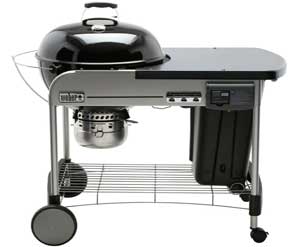Longevity If you choose to use real wood for an outdoor project and expect the wood to survive termites and fungal decay, your key options are either a naturally durable wood (i.e. redwood all-heartwood grade or cedar all-heartwood grade) or
 preservative-treated wood. The most commonly used brand of treated wood is wolmanized wood, a term by which people often, but erroneously, apply to all preserved wood. All-heart redwood and cedar are scarce or discouragingly pricey in most of the county.
preservative-treated wood. The most commonly used brand of treated wood is wolmanized wood, a term by which people often, but erroneously, apply to all preserved wood. All-heart redwood and cedar are scarce or discouragingly pricey in most of the county.Most individuals preparing a deck and selecting lumber have named appearance as the top priority. The appearance of a deck determines the pride of homeowners and the valuation of the deck at the time of the home's eventual sale.
In a number of lumber grades, treated wood can be found from knot-free, close-grained grades to lower grades with more knots, splits and wanes (missing corners where bark once existed). Other than giving a greenish color, the appearance of wood is little changed by pressure-treatment; treatment helps wood last longer regardless of its appearance.
Safety Different environments present different hazards to wood, regardless of the preservatives. For instance, wood that has ground contact is more susceptible to damage from termite and rot than wood that remains above ground. The weakness of wood submerged in sea water is even greater.
When you buy treated timber, you do so because you want the timber to last. But what guarantee do you have that it will stand up to your purchase?
Maintenance Each decking material needs some maintenance, if nothing else, for cleaning. Long-term protection against termites and rot is offered by pressure-treatment, but even treated wood is subject to moisture damage. Unless preventive steps are taken, swelling, shrinking, warping and splitting, which are normal characteristics of wood exposed to the elements, can be caused by alternating precipitation and sunlight cycles. Coat the wood with an efficient water repellent brand as soon as possible to protect the wood against weather and premature aging, and then reapply the coating every year or so.
Environmental benefits The use of reclaimed wood, an environmentally friendly option, will make you feel good. Our only significant green building material, wood, comes from treated lumber. The trees used are abundant and rapidly growing and are planted on managed timberlands (not in ecologically sensitive ancient forests or unregulated rainforests of the third world). Treated wood takes less energy to manufacture than alternative building materials, and neither air pollution nor waste water discharges are produced by the treatment process. The preservatives are made from recycled materials, in part.
You'll choose long-lasting, economical content for your project by following these suggestions. All you've got to do now is build it.






